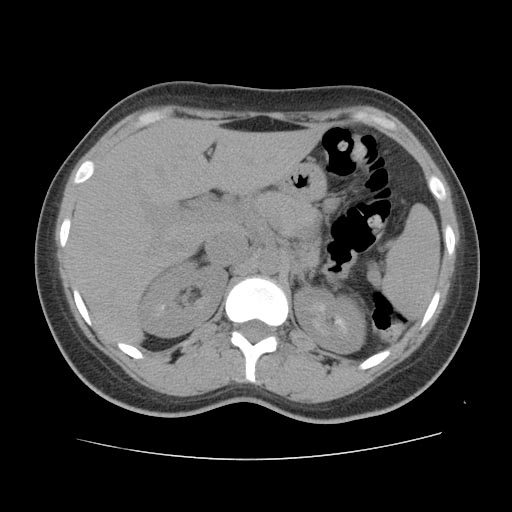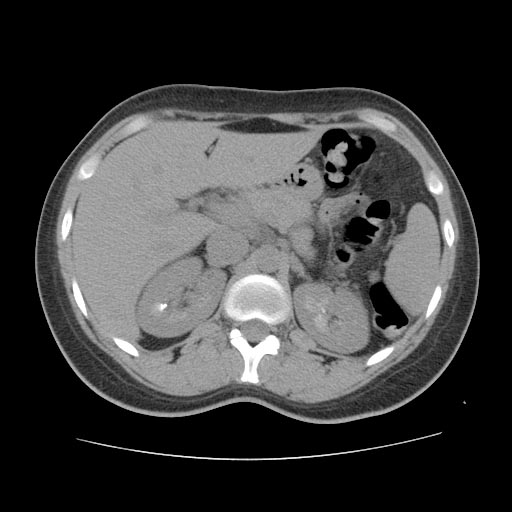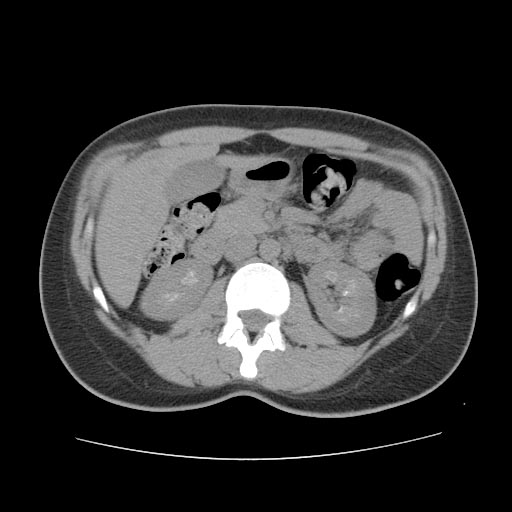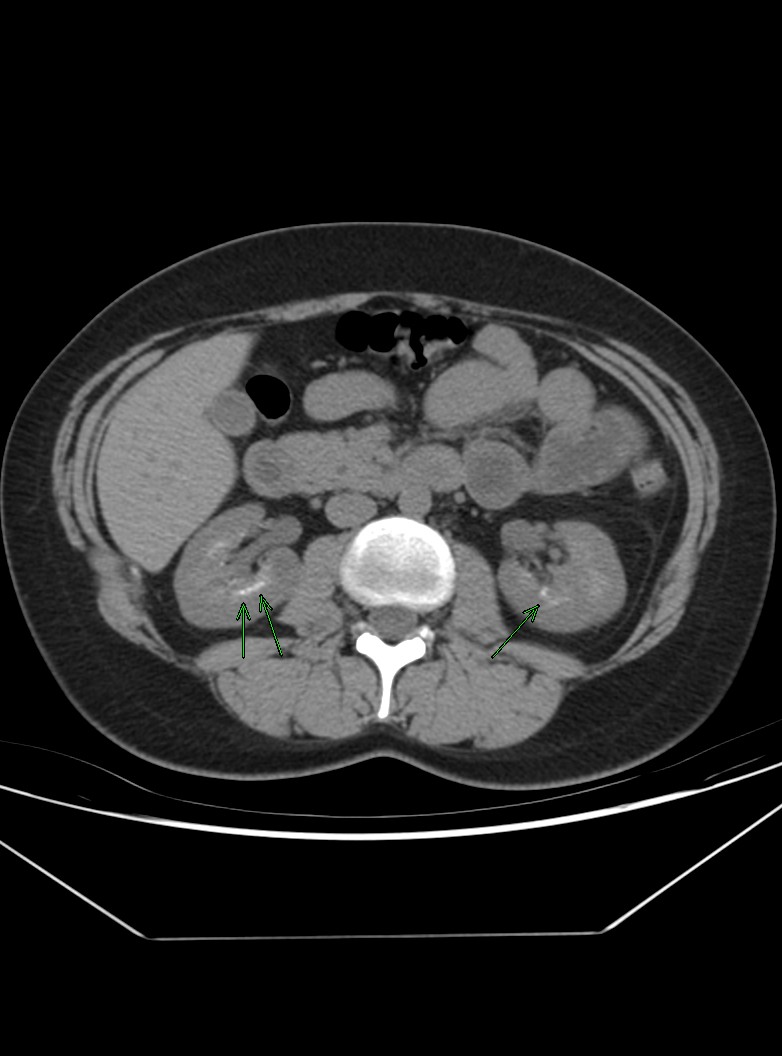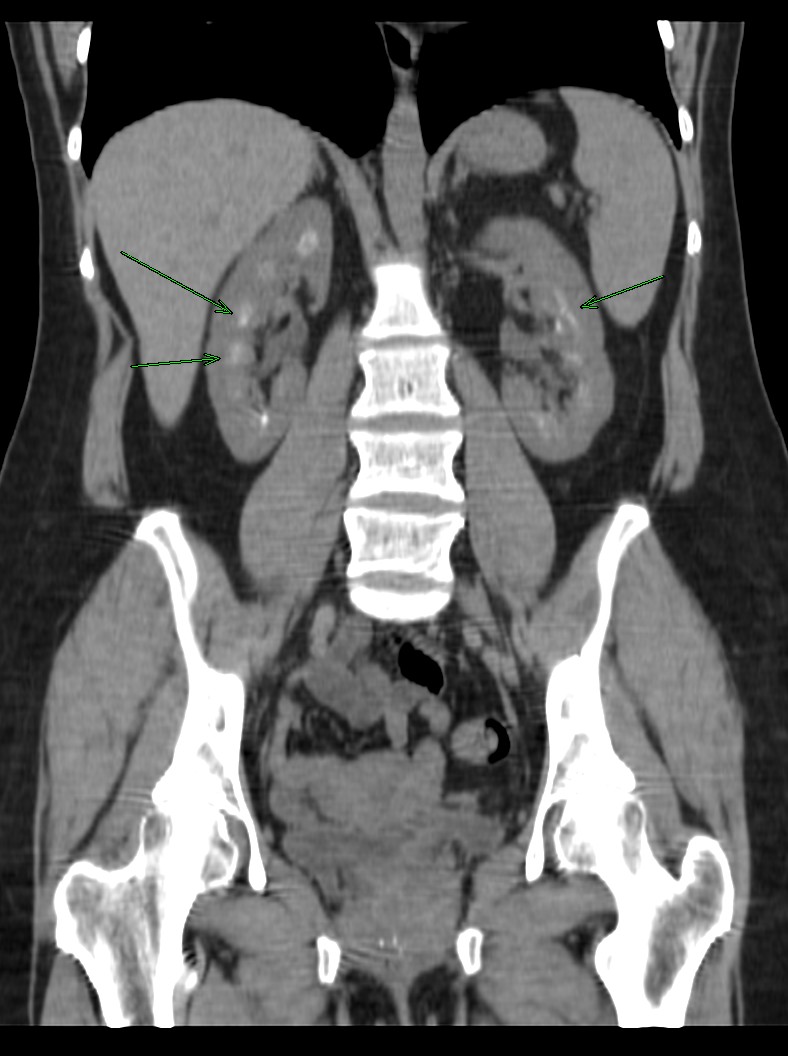Medullary sponge kidney: Difference between revisions
No edit summary |
|||
| Line 56: | Line 56: | ||
==External Links== | ==External Links== | ||
* [http://goldminer.arrs.org/search.php?query=medullary%20sponge Goldminer: Medullary sponge] | |||
* [http://www.emedicine.com/radio/topic433.htm Medullary Sponge Kidney] | * [http://www.emedicine.com/radio/topic433.htm Medullary Sponge Kidney] | ||
Revision as of 00:38, 15 March 2009
Editor-In-Chief: C. Michael Gibson, M.S., M.D. [1]
Please Take Over This Page and Apply to be Editor-In-Chief for this topic: There can be one or more than one Editor-In-Chief. You may also apply to be an Associate Editor-In-Chief of one of the subtopics below. Please mail us [2] to indicate your interest in serving either as an Editor-In-Chief of the entire topic or as an Associate Editor-In-Chief for a subtopic. Please be sure to attach your CV and or biographical sketch.
Overview
Medullary sponge kidney is a congenital disorder of the kidneys characterized by a cystic dilatation of the collecting tubules in one or both kidneys.
Incidence
It has been estimated to occur with a prevalence of between 1 in every 5,000-10,000 individuals in a population1.
Clinical Presentations
In most cases, medullary sponge kidney affects only one kidney, in which case kidney function is usually preserved and individuals may be asymptomatic. However, these individuals are at increased risk for nephrolithiasis (kidney stones) and urinary tract infection.
Diagnostic Findings
Ultrasonography
- Echogenic medullary pyramids in patients with medullary sponge kidney, irrespective of the presence of medullary nephrocalcinosis.
- US findings can demonstrate complications related to calculus disease.
Computed Tomography
- Unenhanced CT scan findings may be normal or demonstrate medullary nephrocalcinosis.
- Enhanced scans may demonstrate contrast accumulation within the papillae.
Patient #1
Patient #2'
Complications
Complications such as infection, hematuria, and nephrolithiasis may be the presenting complaint in approximately 10% of patients.
